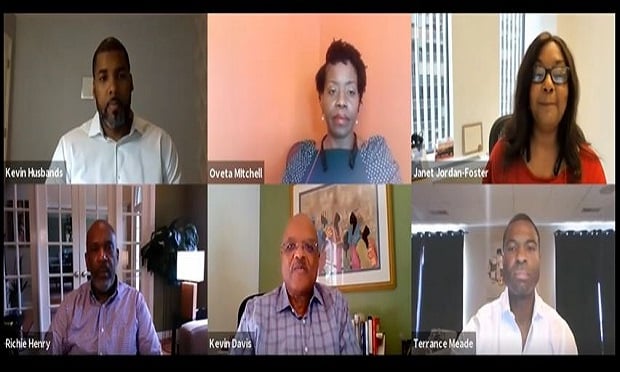 The Wholesales & Specialty Insurance Association's U40 group for young professionals recently sponsored a timely and topical panel discussion that illuminated the challenges and successes of the insurance industry's diversity and inclusion initiatives.
The Wholesales & Specialty Insurance Association's U40 group for young professionals recently sponsored a timely and topical panel discussion that illuminated the challenges and successes of the insurance industry's diversity and inclusion initiatives.
The event was part of WSIA's 2020 Virtual Annual Marketplace and coincided with the organization's announcement that it has formed the Insurance Industry Diversity Foundation (IIDF) "to promote and attract diversity in race, gender, sexual orientation and disability and to influence meaningful progress in the diversity of the insurance industry and its talent pipeline."
Recommended For You
Want to continue reading?
Become a Free PropertyCasualty360 Digital Reader
Your access to unlimited PropertyCasualty360 content isn’t changing.
Once you are an ALM digital member, you’ll receive:
- Breaking insurance news and analysis, on-site and via our newsletters and custom alerts
- Weekly Insurance Speak podcast featuring exclusive interviews with industry leaders
- Educational webcasts, white papers, and ebooks from industry thought leaders
- Critical converage of the employee benefits and financial advisory markets on our other ALM sites, BenefitsPRO and ThinkAdvisor
Already have an account? Sign In Now
© Touchpoint Markets, All Rights Reserved. Request academic re-use from www.copyright.com. All other uses, submit a request to [email protected]. For more inforrmation visit Asset & Logo Licensing.







